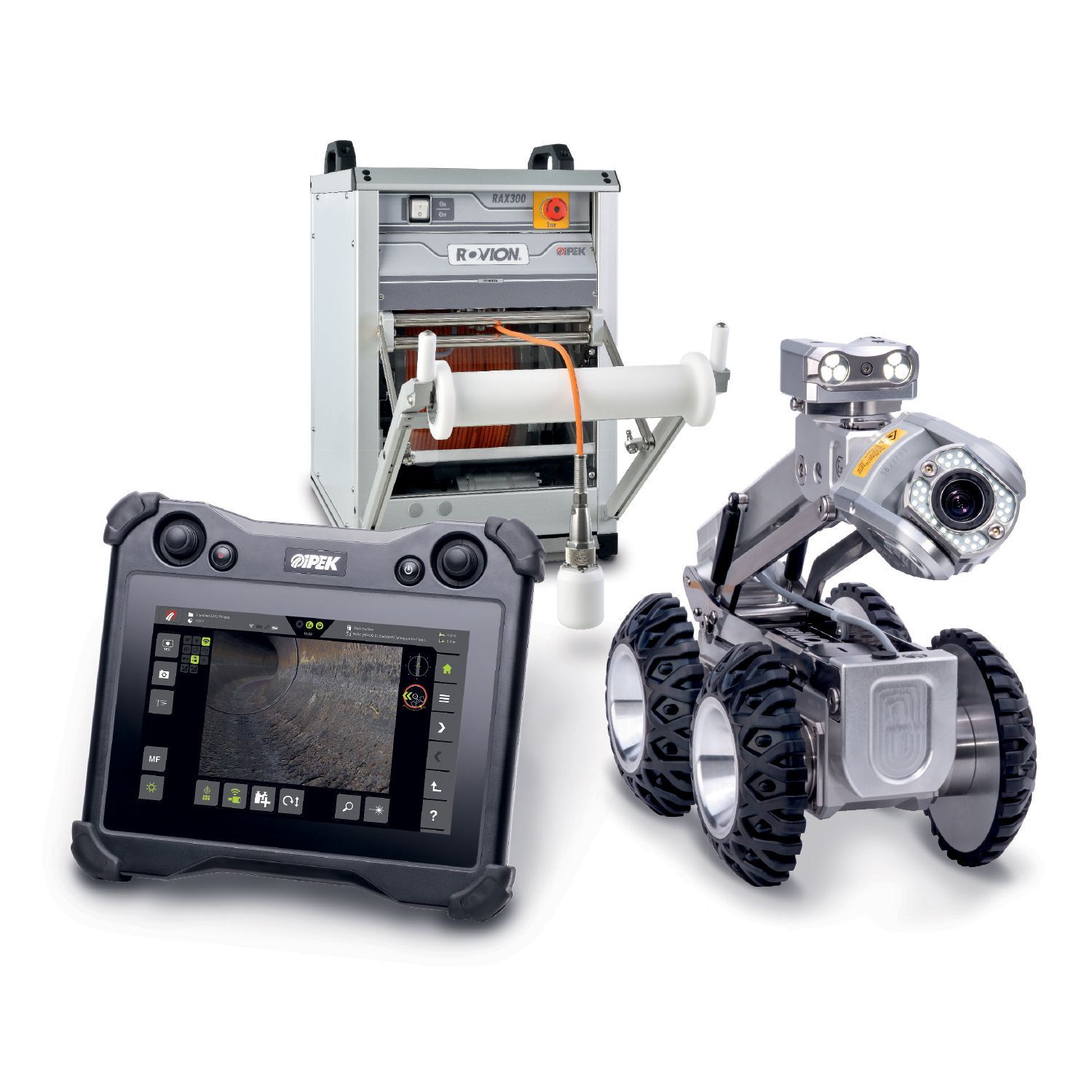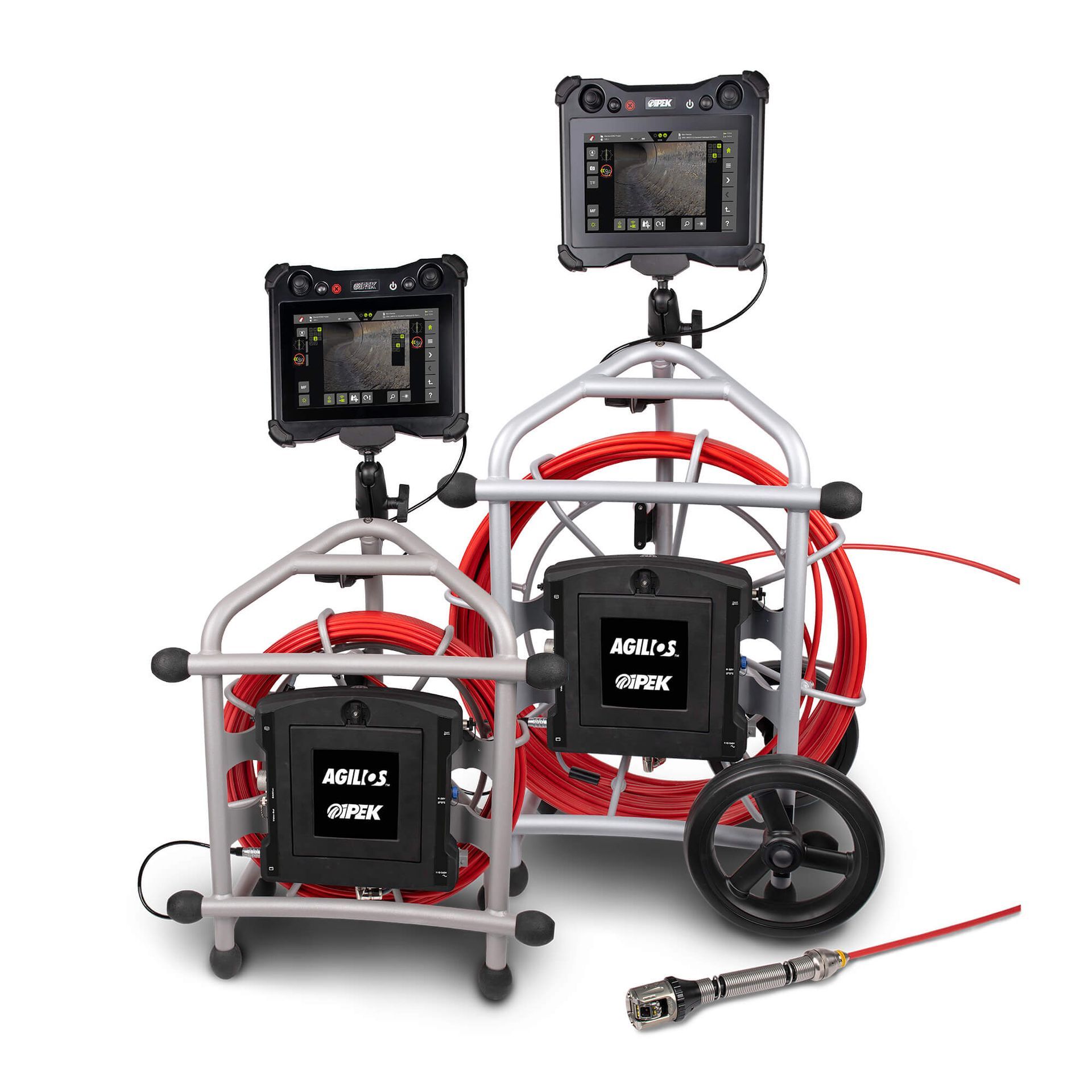CCTV Pipe Inspection Brisbane & Gold Coast
WHAT IS CCTV PIPE INSPECTION?
CCTV inspections of pipelines and conduits are carried out to determine the condition of that pipeline or conduit or to identify features in that pipeline that may affect its operation. CCTV can provide asset owners a look inside pipelines too small for man entry.
Inspections can be undertaken after a reported problem (blockage/roots etc.). Also, they can be completed for damage prevention (build-over inspection) or even as scheduled maintenance (e.g., inspecting a pipeline under a train line every year). Accurately detecting and diagnosing defects is critical to deploying the appropriate course of action for rehabilitation.
CCTV involves propelling a camera through the pipeline by a camera lens on a rod (Push Camera) or by a robotic camera on wheels (Tractor Camera). Once inside, the camera can capture internal images of the pipeline, which can be analysed for faults or features.
Using the camera combined with Sonde technology, we can pinpoint the location of a fault, feature or even just a simple pipeline alignment (i.e., through someone's backyard). With the alignment located and marked on the ground along with any features (i.e., junctions/buried manhole lids etc.) or faults (roots/blockages/breakages etc.), it assists in deploying the correct course of action to take.
TYPES OF PIPELINE INSPECTION UNITS
Tractor Camera

A robotic crawler using a six-wheel-drive system, commonly known as a Tractor Camera, incorporates a pan & tilt camera lens and can be set up in a manhole or open-end pipe. The Tractor Camera is best suited for straight pipelines (manhole to manhole) from 100mm to 1m and beyond.
It is best to use a Push Camera for pipes smaller than 100mm or with multiple bends or limited access (e.g., house sewers/downpipes).
The pan & tilt lens fitted to the front of the Tractor provides a high-quality image of the inside of a pipeline and sends the live footage straight to the computer. With the live footage and remotely controlled crawler, we can provide accurate imagery of pipelines.
Push Camera

There are many situations where a Push Camera is required over a Tractor Camera, usually due to access and pipe configurations. A Push Camera incorporates a camera lens with bright led lights onto the end of a push rod to enable inspection of pipelines or conduits through bends, junctions etc. Practical uses for a Push Camera include but are not limited to house sewers, downpipes, and some pool applications.
OTHER APPLICATIONS
Pre & Post Building Inspection Reports
Pre and Post Building Inspections not only prove you haven’t damaged the pipe during the construction but also have the pipe located for alignment, depth, and junctions etc., before design and construction.
Borehole/Pile Inspections
Using a pan & tilt lens with bright led illumination, we can inspect boreholes during and after drilling before concrete is poured. Working alongside your Geotech we can provide an accurate vision of the open hole and allow examination of stratification, faults, fractures, joints, fissures and drilling washouts, water infiltration etc. The camera provides a depth gauge to determine where certain features are about the surface.
Silo/Structure Inspections
We have a telescopic pole unit with a pan & tilt lens on the end. We have used it in structures such as silos to inspect internal welds and bracing supports where man access is impossible. We have incorporated an air nozzle to blow any excess dust off the welds/joins.
Frequently Asked Questions
Trust Lambert Locations to detect, locate and map your underground assets with precision and technical analysis before you dig! Contact our team and tell us about your project today!
